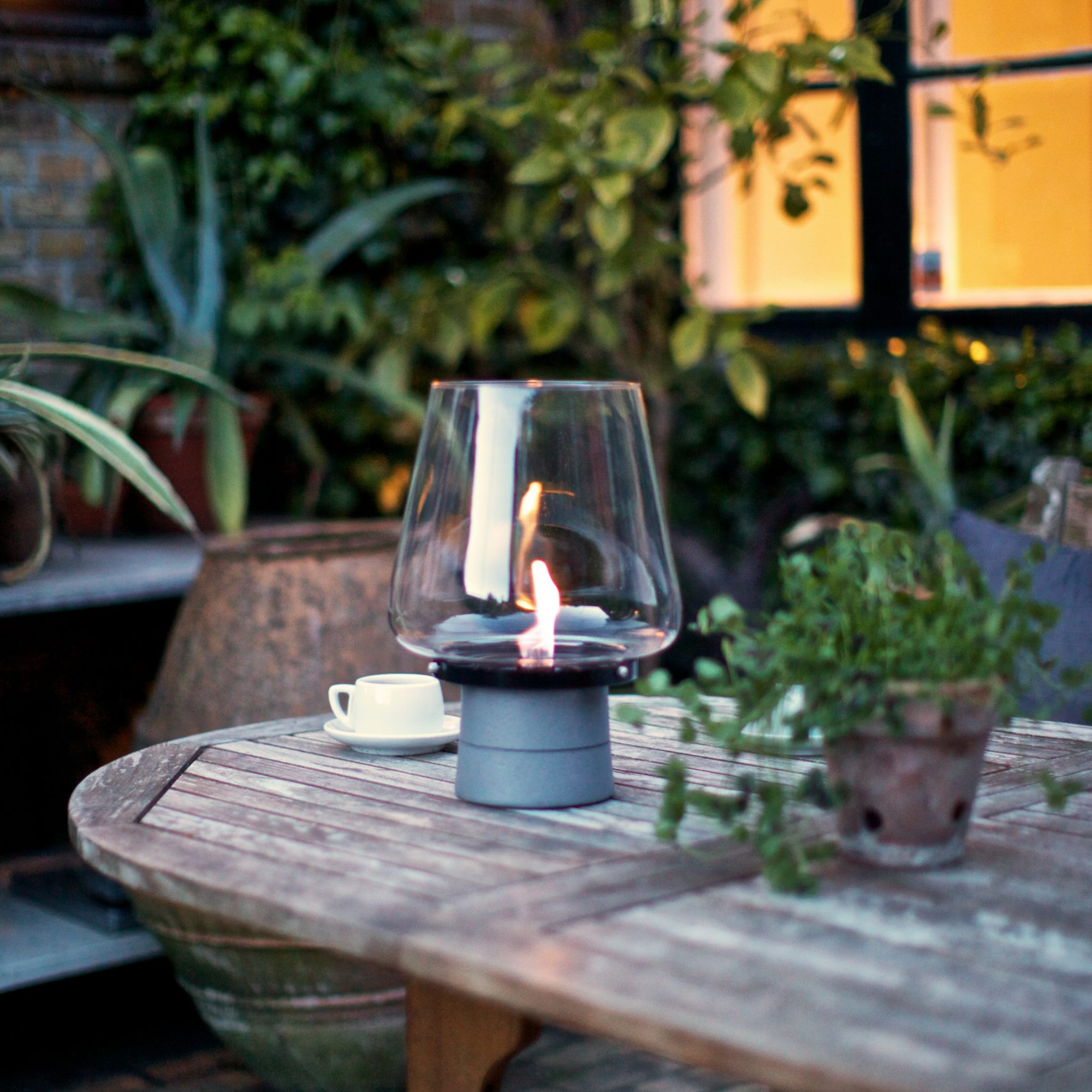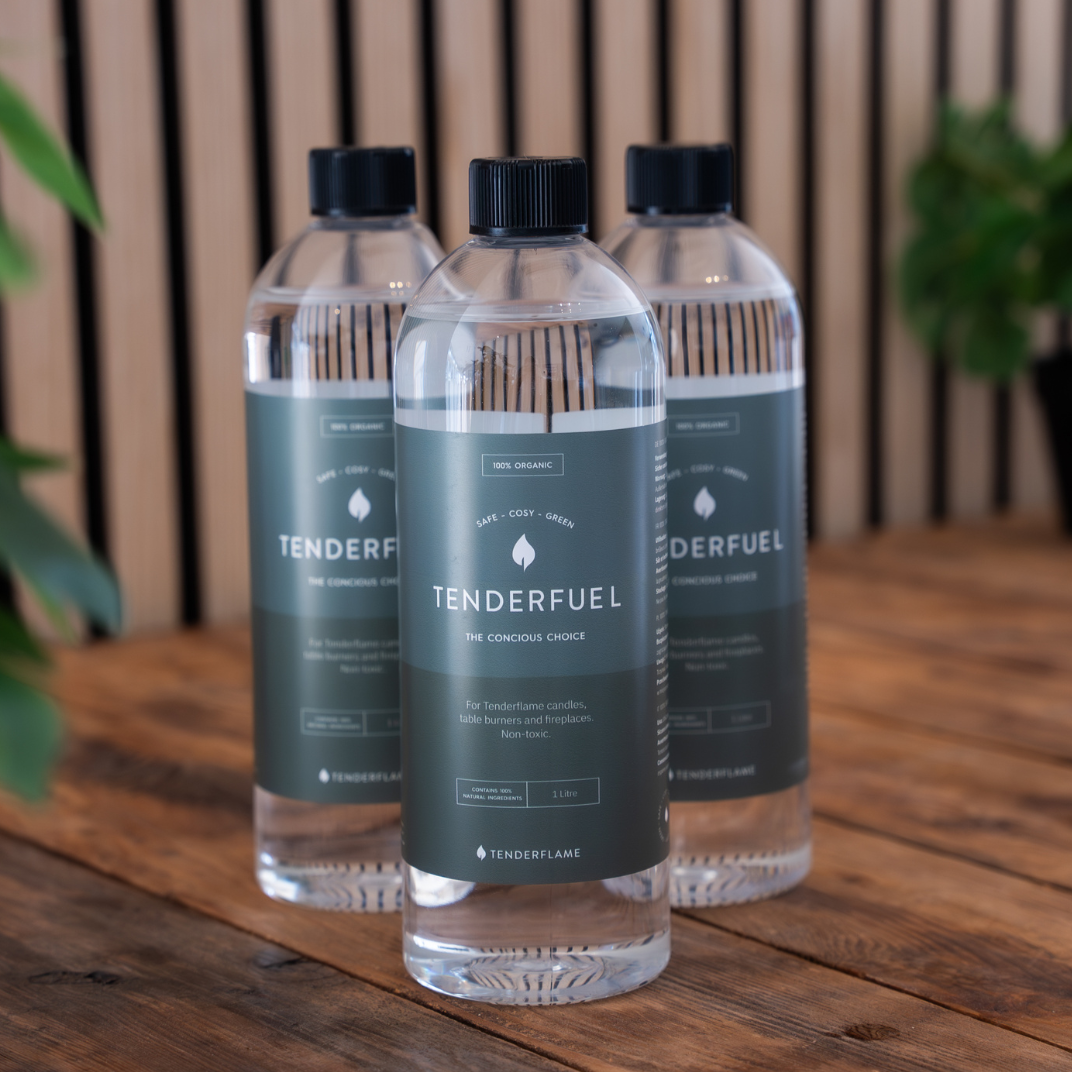Fire is a fascinating natural phenomenon that occurs when flammable materials, oxygen, and an ignition source are present in the right proportions and quantities. Let’s see how these elements work together to form a flame.
Oxidation
Oxidation is a chemical reaction in which a substance combines with oxygen. This can happen slowly, as in rusting, or quickly and at higher temperatures, as in combustion. Rapid oxidation, also called combustion, releases a lot of heat. An example of this is the combustion of hydrogen into water, which produces a colorless, odorless and smokeless flame. The color of a flame is due to ionization, in which various reactions between oxygen and compounds radiate light and heat that we see as color.
In a fire, both exothermic (heat-releasing) and endothermic (energy-demanding) processes take place. For example, the heating, drying and decomposition (pyrolysis) of wood.
The fire triangle
Fire occurs when combustible material, oxygen and heat are present in the right proportions. These three elements together form the fire triangle. Without one of these elements, no fire can occur. Think of a wood stove: wood is the fuel, the oxygen comes from the air, and a firelighter serves as an ignition source. The ignition source in particular determines the chance of fire. If one of the elements is missing, your stove will not burn.
Temperature
For proper combustion, the temperature in a stove or fireplace must exceed 400 degrees Celsius. An open fireplace often does not reach this temperature due to the open front. That is why a closed stove is better suited to burn wood sustainably.
Oxygen
Oxygen is produced by trees and plants through photosynthesis. Oxygen is essential for fire. In a stove or fireplace, oxygen enters through the chimney, which also creates a draught. Draught removes the smoke and draws in fresh air. Sometimes negative pressure can occur, for example due to an extractor hood, which draws smoke into the room. This can be solved by opening a window or installing an extra air supply to the outside.
Fuel
Fuel is the third component of the fire triangle. A good fuel for a stove or fireplace is unprocessed and dry wood, because it burns cleanly and optimally. Processed or wet wood can hinder combustion.
Tenderflame: a safe way to create an atmospheric fire
Tenderflame offers a new and safe way to enjoy atmospheric fires. Instead of wood, Tenderflame uses the special Tenderfuel fuel. Tenderfuel is a safe, environmentally friendly fuel that is not harmful to health and ensures clean combustion without smoke or soot.
Tenderflame products are designed to be simple and safe to use. They provide the warmth and ambience of a traditional fire without the disadvantages of smoke, soot and harmful emissions. This makes them suitable for use indoors and in areas where traditional wood stoves are not practical.
Tenderflame offers the perfect solution for those who want to enjoy a cozy fire without the worries about safety and environmental impact.
















